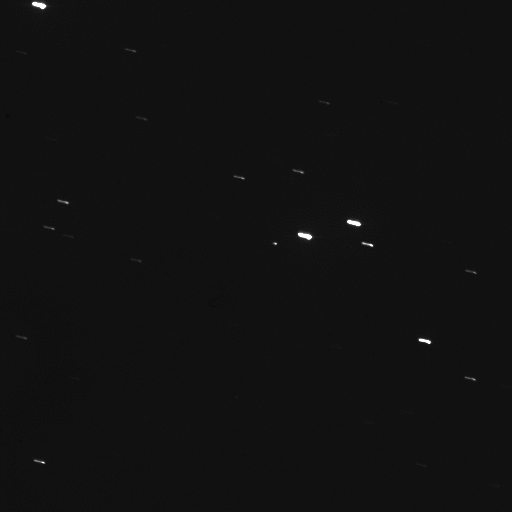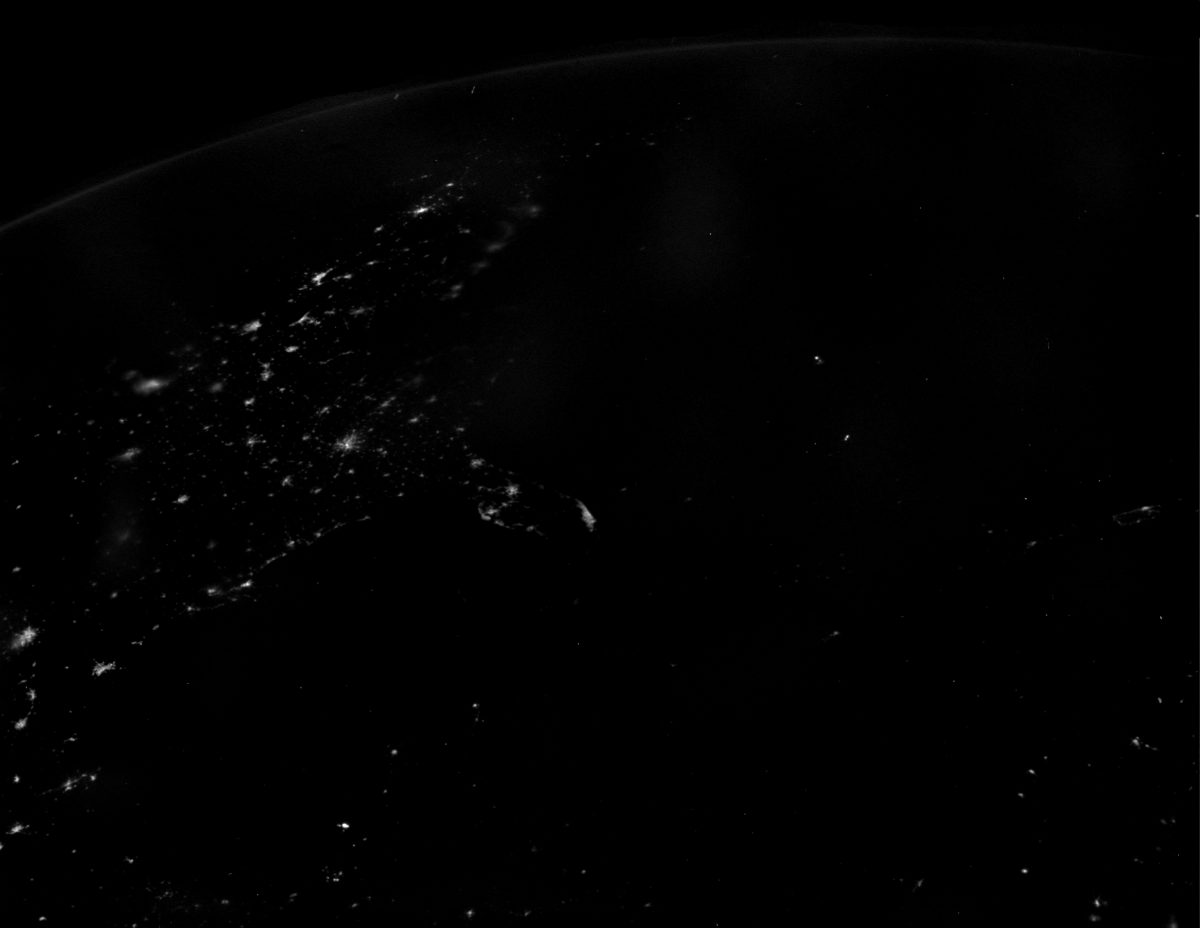Emily Lakdawalla • Nov 13, 2009
Rosetta Earth swingby successful
Rosetta appears to have operated flawlessly as it streaked past Earth for its flyby early this morning. Here are a few more gems from the flyby.
First is an actual sighting of the Rosetta spacecraft from Earth. Crazy to look up in the sky and see a fast-moving streak of light that's something we launched into space more than five years ago.

Next is this long exposure of Earth's nightside. Try to see if you can recognize where it is without reading a caption. (Hint: I, generally a geography ignoramus, recognized it pretty quickly.)

Finally, Rosetta's departing view of Earth. This one was shot by the navigational camera, not the much higher quality OSIRIS. The streaking of the image results, I think, from charge accumulating in the CCD as the camera looks at a target significantly brighter than it was designed to see. Earth's white clouds are much more reflective than the coal-dark nucleus of a comet.

Support our core enterprises
Your support powers our mission to explore worlds, find life, and defend Earth. You make all the difference when you make a gift. Give today!
Donate

 Explore Worlds
Explore Worlds Find Life
Find Life Defend Earth
Defend Earth

